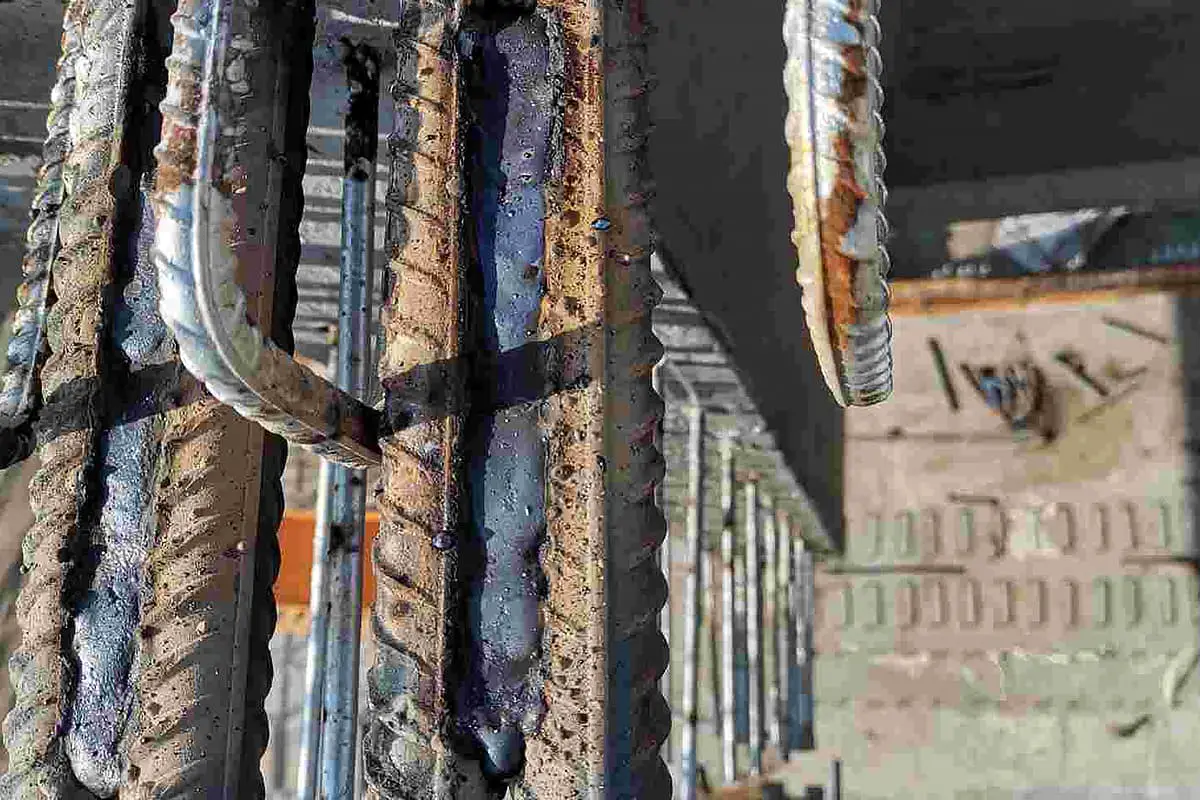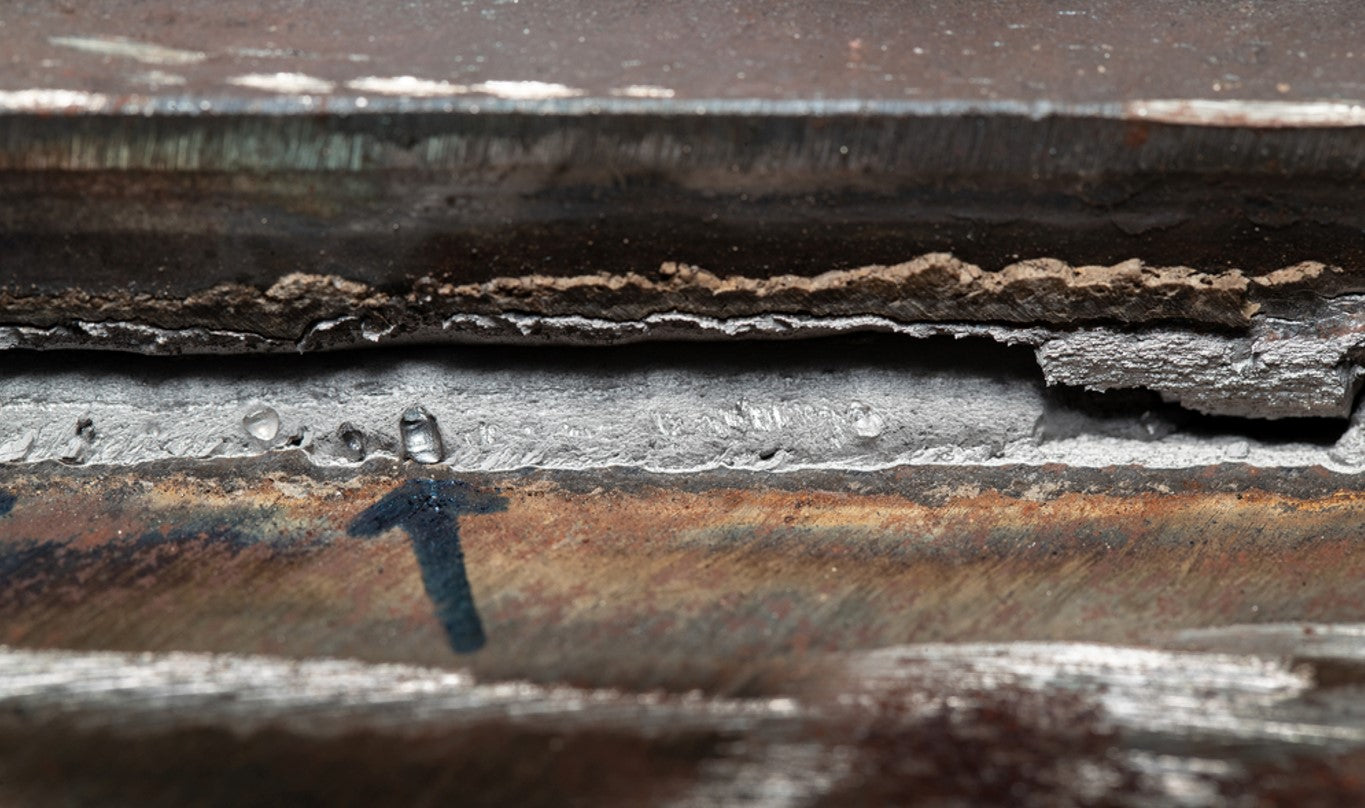Ultimate Guide to Preventing Weld Undercut: Tips and Techniques
Ultimate Guide to Preventing Weld Undercut: Tips and Techniques
Blog Article
Crucial Tips for Welders: Stopping Undercut Welding and Ensuring Stronger Weld Joints
In the realm of welding, achieving solid and resilient weld joints is the foundation of generating high-quality job. One typical challenge that welders typically encounter is undercut welding, which can jeopardize the integrity of the weld joint. By understanding the aspects that add to undercutting and carrying out the right strategies and precautions, welders can efficiently stop this problem and ensure the durability and strength of their welds. Allow's explore some vital pointers that can help welders browse this difficulty and raise the high quality of their welding projects.

Comprehending Undercut Welding
Undercut welding is a common welding problem that occurs when the weld metal stops working to appropriately load the groove and causes a groove-like clinical depression along the weld bead. This issue weakens the weld joint, making it susceptible to splitting and failure under stress. Undercutting can be triggered by different elements, consisting of extreme welding current, high welding rate, incorrect electrode angle, wrong electrode size, and poor welding technique.
Among the major factors for undercut welding is an imbalance in between the welding existing and the welding speed. If the welding current is expensive or the welding speed is as well quick, the weld metal may not effectively fill up the groove, resulting in damaging. Additionally, utilizing an electrode that is too big can result in a similar outcome, as the excess metal can not appropriately stream right into the groove.
To stop undercut welding, welders need to ensure they are making use of the proper welding parameters, keep a suitable electrode angle, pick the proper electrode dimension, and practice correct welding techniques. By resolving these factors, welders can lessen the danger of damaging and develop stronger, much more trusted weld joints.
Appropriate Welding Strategy
Efficient welding technique plays a critical role in ensuring the top quality and integrity of weld joints. Appropriate welding technique entails a mix of adherence, ability, and accuracy to finest methods. One fundamental element of appropriate welding technique is keeping the appropriate angle and distance between the welding weapon and the work surface. Welders should likewise pay close interest to the traveling speed and warmth input to avoid concerns like damaging, porosity, or incomplete combination.
In addition, a constant and stable hand movement is essential for developing strong and sturdy weld joints. Welders ought to intend for smooth, uniform activities to make sure also distribution of the weld material. Proper manipulation of the welding gun and filler material is also vital to achieving optimum infiltration and blend.
Furthermore, regulating the warm input and picking the ideal welding parameters based on the material being welded are critical consider attaining high-quality welds - Preventing weld undercut. Welders must comply with the suggested settings provided by welding treatment specifications and readjust them as required based upon the particular needs of the project. By understanding correct welding methods, welders can considerably boost the toughness and dependability of their weld joints
Choosing the Right Electrode
When thinking about the importance of selecting the ideal electrode in welding applications,Preserving the right angle and range between the welding weapon and the work surface is fundamental. The choice of electrode plays an essential duty in establishing the top quality and stamina of the weld joint. Electrodes come in different types, each designed for certain functions and materials.
Firstly, choosing the proper electrode size is necessary. Thinner electrodes are appropriate for welding slim materials, while thicker electrodes are better for thicker materials and higher warmth applications. Matching the electrode size to the thickness of the work surface helps attain a balanced weld.
Secondly, comprehending the product make-up of the electrode is vital. Various electrodes are designed for welding particular products like steel, stainless-steel, light weight aluminum, or cast iron. Using the appropriate electrode material ensures great combination and browse around here decreases the danger of issues in the weld.
Last but not least, taking into consideration the welding setting and method is essential when selecting the electrode kind. For instance, specific electrodes are better matched for upright or overhanging welding settings, while others work well for flat or straight positions. Choosing the appropriate electrode based on the welding strategy improves the overall weld top quality and stability.
Preparing the Base Steel
To make certain an effective welding process, what initial check here actions should be taken when preparing the base metal for welding? Effectively preparing the base metal is important for accomplishing resilient and solid weld joints. The first step in preparing the base steel is to cleanse it thoroughly to get rid of any pollutants such as rust, oil, dust, or paint. This can be done utilizing a cable grinder, brush, or chemical solvents. Furthermore, any existing weld product or deposit from previous welding should be eliminated to guarantee a tidy surface area for the brand-new weld.

Performing Post-Weld Assessments

After performing these assessments, welders have to contrast the results versus sector criteria and job demands to make sure that the weld joint meets all necessary criteria. Any kind of insufficiencies or variances discovered throughout the post-weld examination should be without delay attended to through appropriate restorative actions to guarantee the weld's honesty. By vigilantly performing post-weld assessments and promptly addressing any concerns, welders can maintain the high quality and dependability of their work, inevitably adding to the security and long life of the welded frameworks.
Conclusion

Finally, avoiding undercut welding and guaranteeing stronger weld joints need a mix of proper welding strategy, choosing the best electrode, preparing the base metal correctly, and carrying out post-weld evaluations. By understanding the reasons for undercut welding and carrying out the essential safety measures, welders can create top notch weld joints that fulfill industry requirements and ensure the structural stability of the bonded elements.
Undercut welding is an usual welding problem that happens when the weld metal stops working to correctly fill up the groove and results in a groove-like depression along the weld bead (Preventing weld undercut). Damaging can be triggered by different variables, including too much welding existing, high welding rate, incorrect electrode angle, incorrect electrode dimension, and poor welding technique
One of the major factors for undercut welding is a discrepancy between the welding existing and the welding rate. If the welding current is also high or the welding rate is as well quickly, the weld steel might not appropriately load the groove, leading to damaging.Maintaining the right angle and range between the welding gun and the workpiece is fundamental when taking into consideration the significance of picking the ideal electrode in welding applications.
Report this page